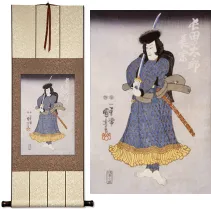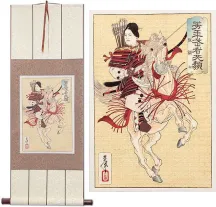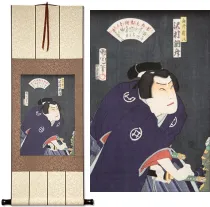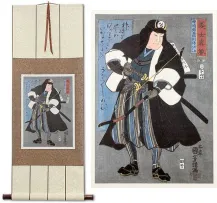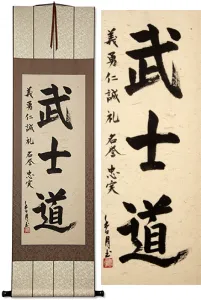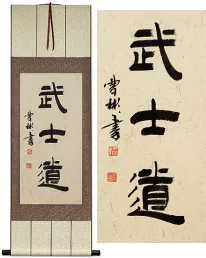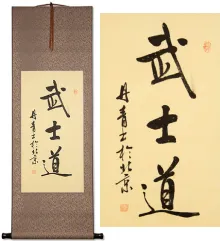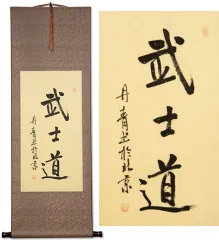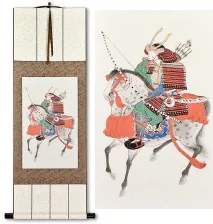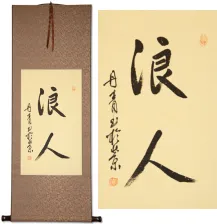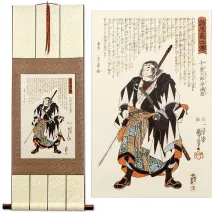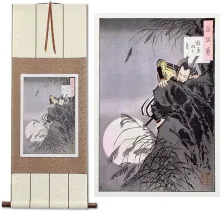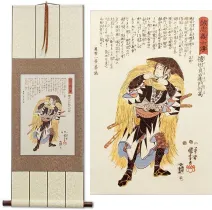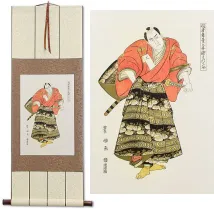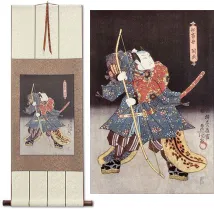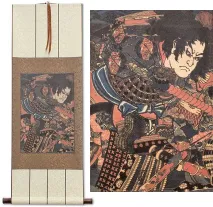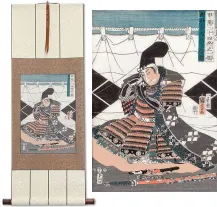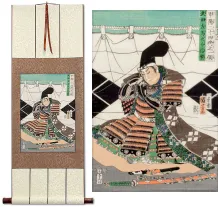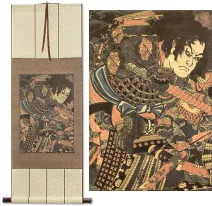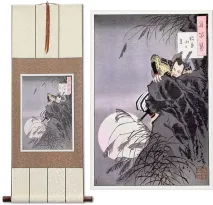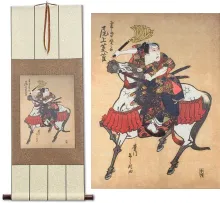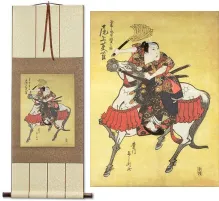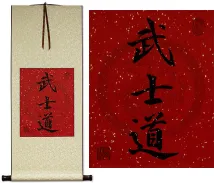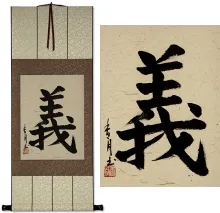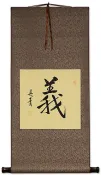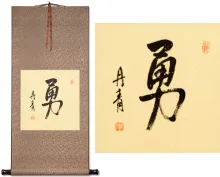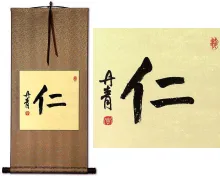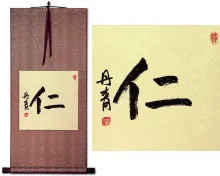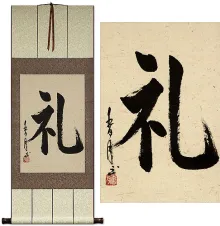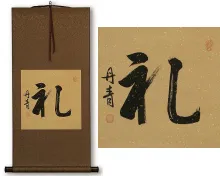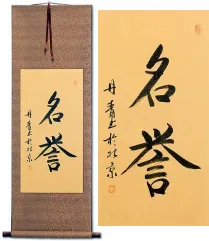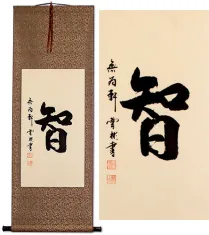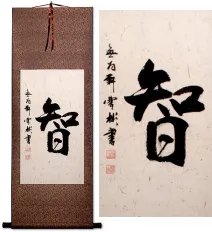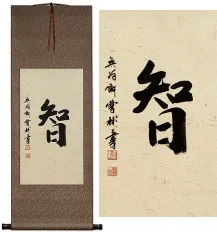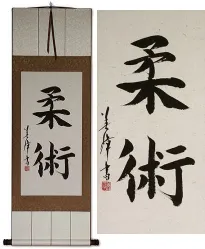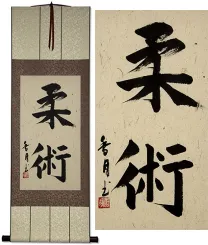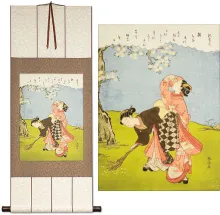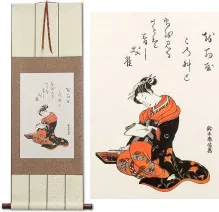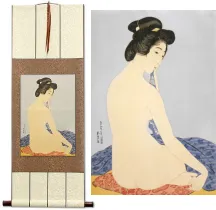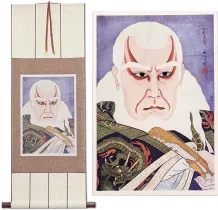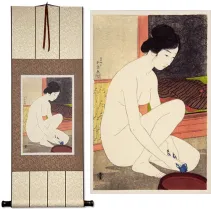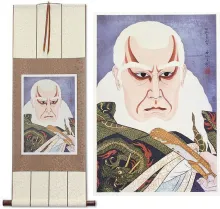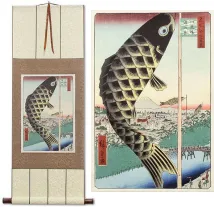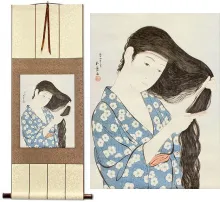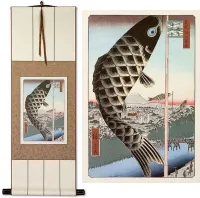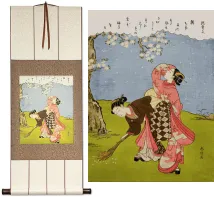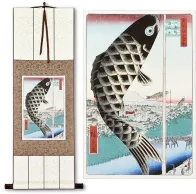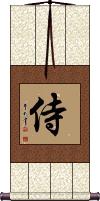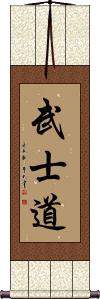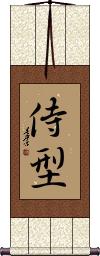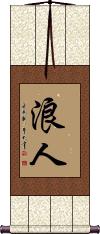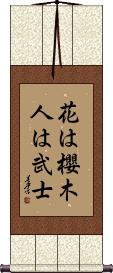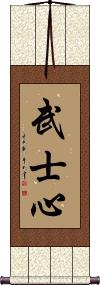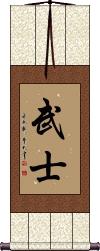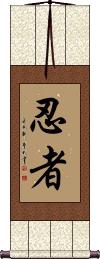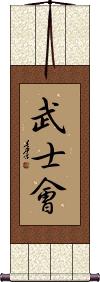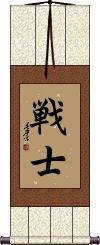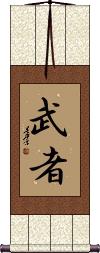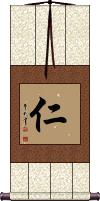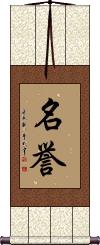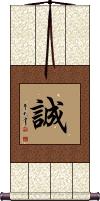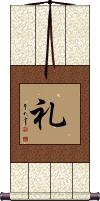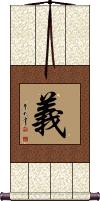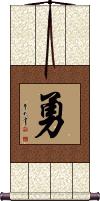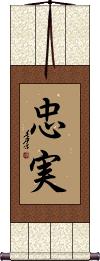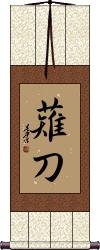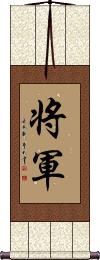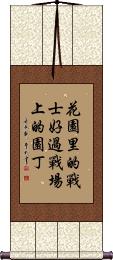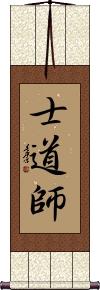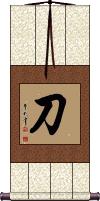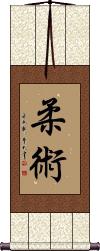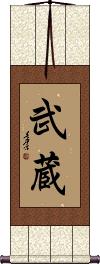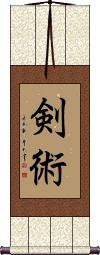We have 61 pieces of Samurai artwork, ready to ship to you right now.
Japanese Samurai Artwork
Gallery Price: $108.00
Your Price: $59.88
Gallery Price: $108.00
Your Price: $59.88
Gallery Price: $108.00
Your Price: $59.88
Gallery Price: $108.00
Your Price: $59.88
Gallery Price: $200.00
Your Price: $118.88
Gallery Price: $200.00
Your Price: $118.88
Gallery Price: $200.00
Your Price: $98.88
Gallery Price: $200.00
Your Price: $98.88
Gallery Price: $200.00
Your Price: $98.88
Gallery Price: $103.00
Your Price: $56.88
Gallery Price: $87.00
Your Price: $47.88
Gallery Price: $87.00
Your Price: $47.88
Gallery Price: $108.00
Your Price: $59.88
Gallery Price: $79.00
Your Price: $43.88
Gallery Price: $108.00
Your Price: $59.88
Gallery Price: $108.00
Your Price: $59.88
Gallery Price: $108.00
Your Price: $59.88
Gallery Price: $108.00
Your Price: $59.88
Gallery Price: $108.00
Your Price: $59.88
Gallery Price: $108.00
Your Price: $59.88
Gallery Price: $108.00
Your Price: $59.88
Gallery Price: $108.00
Your Price: $59.88
Gallery Price: $108.00
Your Price: $59.88
Gallery Price: $108.00
Your Price: $59.88
Gallery Price: $200.00
Your Price: $98.88
Gallery Price: $72.00
Your Price: $39.88
Gallery Price: $200.00
Your Price: $109.88
Gallery Price: $65.00
Your Price: $39.88
Gallery Price: $65.00
Your Price: $39.88
Gallery Price: $72.00
Your Price: $39.88
Gallery Price: $65.00
Your Price: $39.00
Gallery Price: $65.00
Your Price: $39.88
Gallery Price: $79.00
Your Price: $43.77
Gallery Price: $150.00
Your Price: $78.88
Gallery Price: $150.00
Your Price: $78.88
Gallery Price: $65.00
Your Price: $39.88
Gallery Price: $268.00
Your Price: $148.77
Gallery Price: $200.00
Your Price: $111.88
Gallery Price: $115.00
Your Price: $63.88
Gallery Price: $99.00
Your Price: $54.88
Gallery Price: $108.00
Your Price: $59.88
Gallery Price: $108.00
Your Price: $59.88
Gallery Price: $108.00
Your Price: $59.88
Gallery Price: $108.00
Your Price: $59.88
Gallery Price: $108.00
Your Price: $59.88
Gallery Price: $99.00
Your Price: $54.88
Gallery Price: $108.00
Your Price: $59.88
Gallery Price: $90.00
Your Price: $49.88
Gallery Price: $108.00
Your Price: $59.88
Gallery Price: $90.00
Your Price: $49.88
Samurai
Custom Samurai Calligraphy Scrolls...
There are 30 Samurai titles can be completely customized and delivered in several weeks. Prices vary widely depending on the calligrapher and other custom options you chose.
Samurai
In Japanese, 侍 represents the warriors that attempted to hold peace when there was no Emperor in Japan.
Typical price range:
$39.88 - $78.88
Typical price range:
$47.88 - $86.88
Typical price range:
$43.88 - $82.88
Life Of A Samurai
The 12th century phrase, 一所懸命 (Issho Kenmei) is often referred to as “Life Of A Samurai.
Typical price range:
$51.88 - $90.88
Ronin / Masterless Samurai
The 浪人 or Ronin have no master - The most famous are the 47 ronin created after their Lord committed suicide.
Typical price range:
$43.88 - $82.88
In Flowers the Cherry Blossom, In Men the Samurai
This Japanese proverb simply reads, “[In] Flowers it's Cherry Blossoms, [In] Men it's Warriors.
Typical price range:
$59.88 - $98.88
Typical price range:
$47.88 - $86.88
Typical price range:
$43.88 - $82.88
Ninja
In feudal Japan, ninjas or shinobi (literally, “one who is concealed” or “one that endures”) were sometimes assassins and agents of espionage.
Typical price range:
$43.88 - $82.88
Typical price range:
$47.88 - $86.88
Warrior / Fighter
戦士 is an alternate title for a warrior, soldier, fighter, warrior, guardian, or combatant in Japanese.
Typical price range:
$43.88 - $82.88
Typical price range:
$43.88 - $82.88
Typical price range:
$39.88 - $78.88
Honor
名譽 is a version of honor that is about having or earning the respect of others and about your reputation.
Typical price range:
$43.88 - $82.88
Typical price range:
$39.88 - $78.88
Typical price range:
$39.88 - $78.88
Justice / Rectitude / Right Decision
義 is about doing the right thing or making the right decision, not because it's easy but because it's ethically and morally...
Typical price range:
$39.88 - $78.88
Bravery / Courage
勇 can be translated as bravery, courage, valor, or fearless in Chinese, Japanese and Korean.
Typical price range:
$39.88 - $78.88
Loyalty / Faithful / Devoted
忠実 is a Japanese way to write “Loyalty” - it also contains the ideas of being faithful, devoted, true, and obedient.
Typical price range:
$43.88 - $82.88
Typical price range:
$43.88 - $82.88
Shogun / Japanese General
将軍 or Shogun, in the simplest definition, is a General, but you could also use words such as commander, lord, overlord, highest ranking, or...
Typical price range:
$43.88 - $82.88
It is better to be a warrior in a garden than a gardener in a war
花園里的戰士好過戰場上的園丁 is the Chinese for the phrase, “It is...
Typical price range:
$61.88 - $100.88
Shidoshi
A shidōshi or 士道師, translated directly, is a teacher of the chivalrous way or samurai code.
Typical price range:
$47.88 - $86.88
Typical price range:
$55.88 - $94.88
Enlightened Warrior
覺醒武士 is not a commonly used title in Chinese but is sometimes used in Martial arts and military contexts to refer to a warrior who seems always...
Typical price range:
$51.88 - $90.88
Typical price range:
$51.88 - $90.88
Typical price range:
$39.88 - $78.88
Jujitsu / Jujutsu
柔術 has been somewhat incorrectly spelled and pronounced “Jujitsu” for some time in the English-speaking world.
Typical price range:
$43.88 - $82.88
Typical price range:
$43.88 - $82.88
Kenjutsu / Kenjitsu
In Japanese, the modern definition, using simple terms, 剣術 is “A martial art involving swords” or “The art of the sword.
Typical price range:
$43.88 - $82.88
